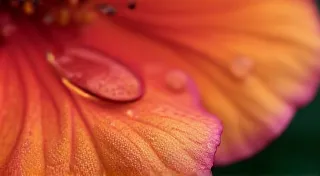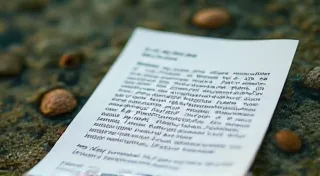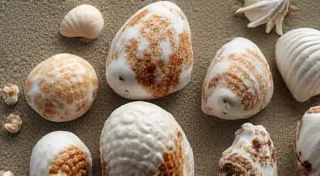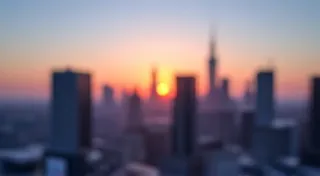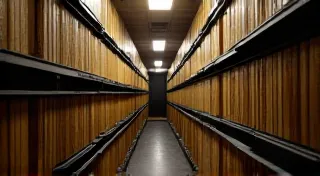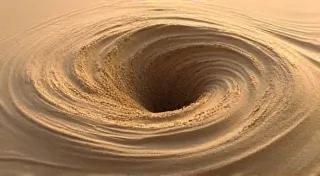The Mapmaker’s Legacy: Documenting and Sharing Restoration Findings
There's a profound silence that settles when you hold an antique map. It’s not a void, but a palpable weight – the echoes of a cartographer's meticulous hand, the rustle of parchment passed through generations, the whispers of journeys imagined and undertaken. As an antique map restoration specialist, I don't merely repair paper; I steward a legacy. Each tear, each faded line, speaks volumes about the era it represents, the knowledge it held, and the individuals who cherished it. Yet, simply preserving a map isn't enough; truly honouring the mapmaker’s legacy demands something more: thorough documentation and a willingness to share those findings with the wider community.
My journey into map restoration began unexpectedly. I'm an archivist by training, comfortable with the methodical cataloguing and preservation of historical records. But the intricate beauty of early maps, the artistry woven into the very fabric of their creation, captivated me. My first major project was a 17th-century Dutch sea chart, pulled from a damp cellar and riddled with foxing and brittle folds. The condition was dire, but the potential – the sheer brilliance of the cartographic detail – was undeniable. It was then that I understood the importance of documentation.
Initially, I focused solely on the technical aspects of restoration – the careful cleaning, the delicate mending of tears, the painstaking re-flattening. I meticulously recorded each step: the specific deacidification solution used, the type of Japanese tissue employed for paper repairs, the precise temperature and humidity maintained during drying. This wasn’t just about ensuring replicability; it was about capturing the story of the map's recovery.
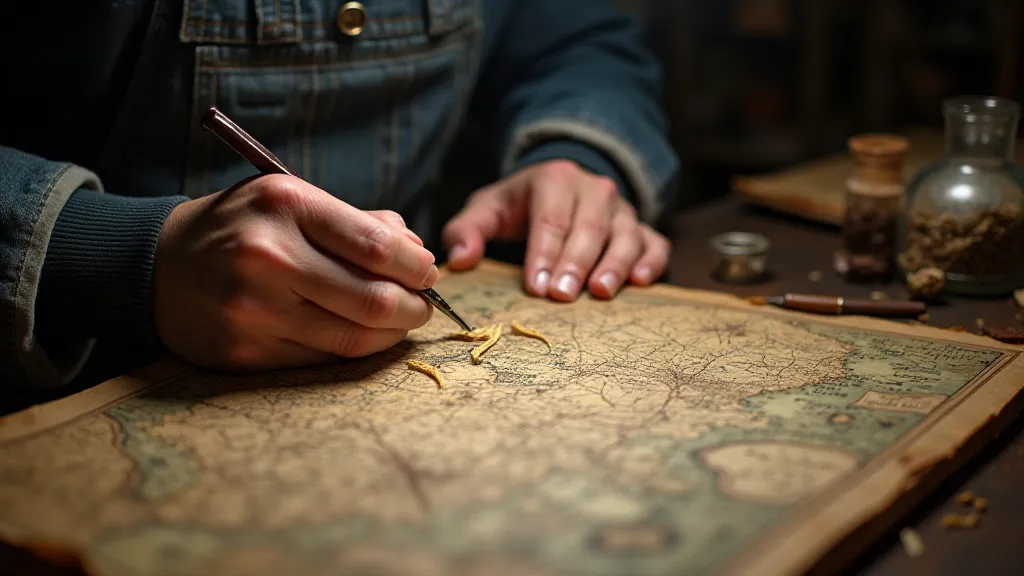
The Power of Process: Why Documentation Matters
The first few months were driven by a technical imperative. But as I delved deeper, I realized the true value extended far beyond the practical. The documentation became a record of the map's biography, a timeline of its survival. Notes on the inks used, based on preliminary analysis, revealed fascinating insights into the trade routes and pigment sources of the era. Observations about the paper's watermarks hinted at the paper mills that supplied early cartographers. These weren't just ‘findings’; they were pieces of a puzzle, connecting the map to a larger historical narrative.
Consider the impact of a small crease, seemingly insignificant. Careful photographic documentation can reveal the type of fold used (a rarely encountered "bird's wing fold," perhaps) and the pressure applied, potentially indicating how the map was handled and stored over centuries. Detailed notes on the type of adhesives used to reinforce damaged areas – observations often missed – can offer clues about the map’s provenance and subsequent restoration attempts. Ultimately, a comprehensive record transforms a simple repair job into a small-scale historical investigation.
Sharing the Legacy: Building a Community
For years, my documentation was confined to my own archives. But a conversation with a colleague, a professor of historical geography, shifted my perspective. He emphasized the power of collective knowledge – how sharing findings could benefit researchers, collectors, and fellow restoration specialists. It was a revelation.
The idea of actively sharing these insights felt somewhat daunting at first. I worried about being judged, about overstepping my expertise. But the overwhelming response to my initial presentations – a series of online workshops showcasing my restoration techniques – was incredibly encouraging. Collectors expressed a genuine thirst for knowledge, eager to understand the complexities of map preservation. Fellow restoration specialists appreciated the detailed methodology and the nuances of my observations.
It's not about claiming to have definitive answers. It’s about fostering a dialogue. Presenting a potential hypothesis about the inks used, then encouraging others to offer alternative perspectives, leads to a richer, more nuanced understanding. This collaborative approach is vital for ensuring the long-term preservation of these fragile artifacts.
Beyond the Technical: The Emotional Resonance
Restoring antique maps is a profoundly emotional experience. Holding a piece of history in your hands, knowing the journeys it has undertaken, the lives it has touched – it’s a privilege. And that emotional connection should inform every step of the process.
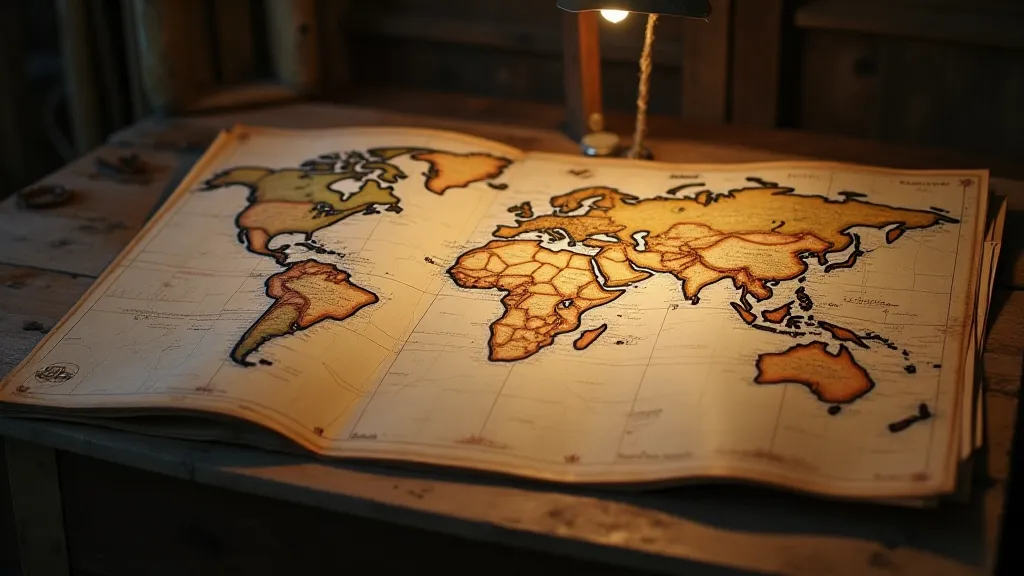
This emotional connection fuels the desire to document meticulously, to share findings openly, and to inspire others to appreciate the artistry and historical significance of antique maps. It’s not just about preventing further deterioration; it’s about transmitting a sense of wonder, a respect for the mapmaker’s skill, and a recognition of the importance of preserving these tangible links to the past.
Contemporary Challenges and Future Directions
The rise of digital imaging and sophisticated analytical techniques has opened new avenues for documenting and understanding antique maps. High-resolution scans can reveal details invisible to the naked eye. Spectroscopic analysis can identify the precise chemical composition of inks and pigments. These advancements offer unparalleled opportunities for research and preservation.
However, it’s crucial to balance technological innovation with traditional skills and a deep understanding of archival principles. The human element – the cartographer’s hand, the archivist’s careful assessment – remains indispensable. We must ensure that digital documentation complements, rather than replaces, traditional methods.
Looking ahead, I envision a greater emphasis on collaborative digital platforms for sharing restoration findings – online databases where researchers, collectors, and restoration specialists can access detailed documentation, analytical data, and best practices. Such a resource would foster a global community dedicated to the preservation of antique maps, ensuring that the mapmaker’s legacy continues to inspire and enlighten generations to come.
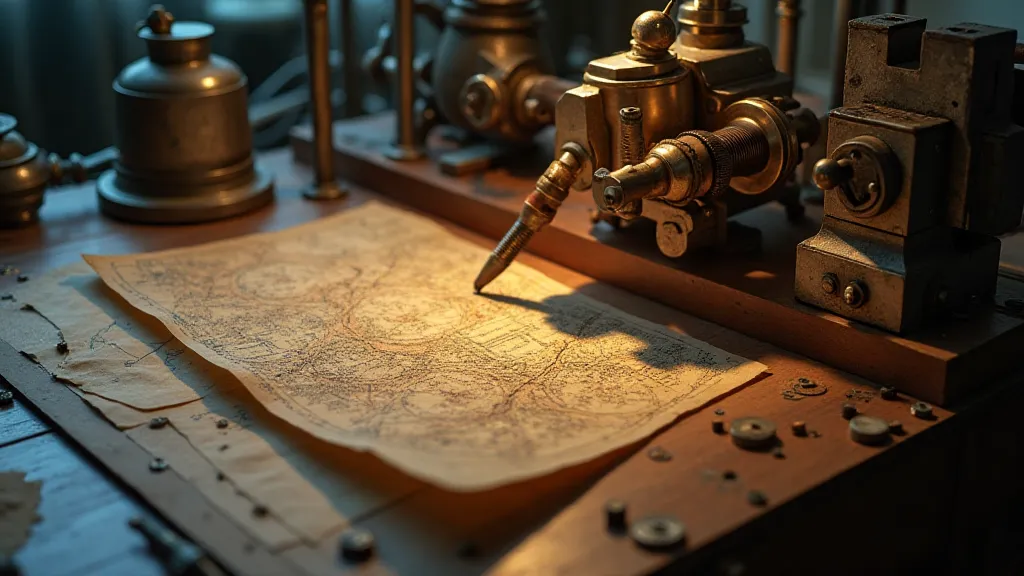
The mapmaker poured their knowledge, skill, and often their dreams, into their creations. We, as custodians of these treasures, have a responsibility to honour that legacy – not just through careful restoration, but through open documentation and a shared commitment to preserving these vital links to the past.
